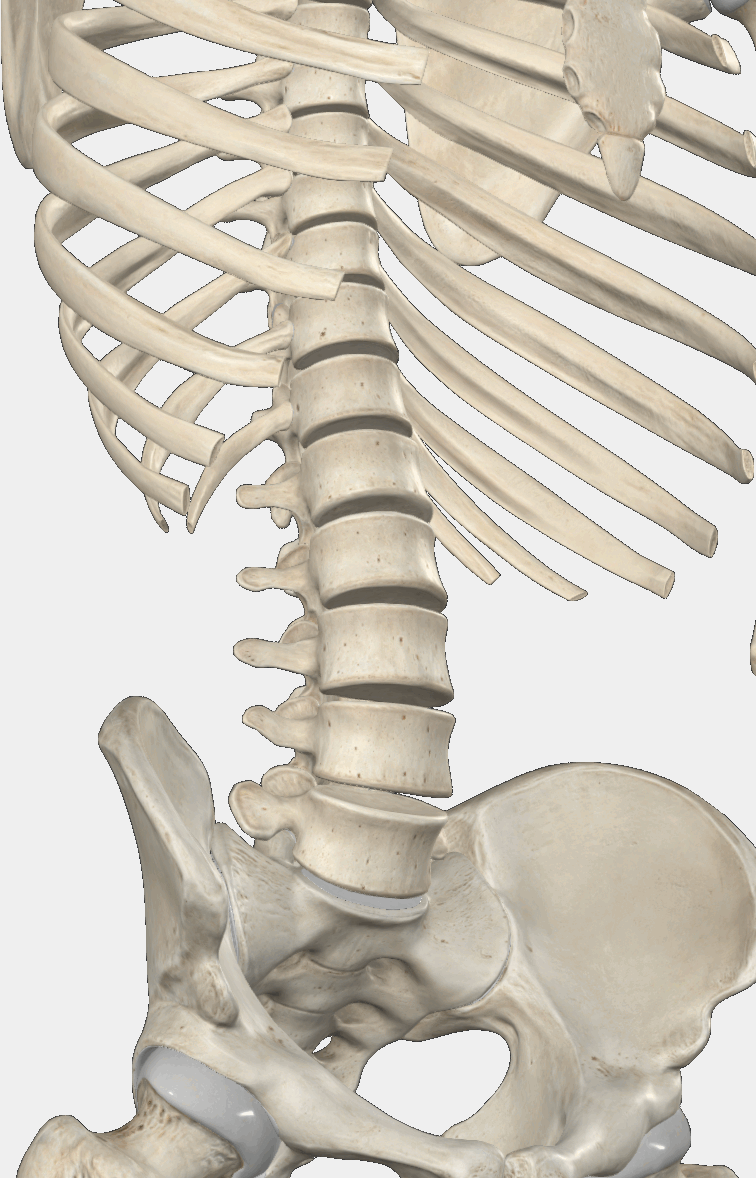The essence of radiofrequency ablation (RFA) treatment for splanchnic nerves is a minimally invasive procedure aimed at specifically targeting the splanchnic nerves. The goal is to reduce or eliminate the activity of these nerves, which helps alleviate abdominal pain and relieve symptoms of the disease.
This procedure is particularly developed for treating abdominal pain associated with cancerous conditions (such as pancreatic cancer), but it can also be used less commonly for other chronic, non-cancerous abdominal pains.
When are the contraindications of the procedure?
The procedure cannot be performed in the case of a local infection, as it could exacerbate the infection.
What to expect during the procedure?
The intervention takes about 30-60 minutes and is performed under sedation or anesthesia. It is always carried out in an operating room under sterile conditions and with X-ray guidance.
What happens after the radiofrequency ablation treatment of the splanchnic nerves?
Pain typically decreases immediately, though in some cases, it may take a few days. With the reduction of pain, it is possible and necessary to reduce the previously taken pain medications. This is particularly important because the dosage of morphine (and similar drugs) previously accustomed to may become too much as the pain decreases, leading to the patient becoming drowsy.
Rest is recommended on the day of the intervention, and normal daily routines can be resumed the following day.
How long will the improvement in function and pain relief last?
Besides the treatment described, there generally is no need for further action. However, if the pain returns over the years (as the nerves grow back), the treatment can be repeated.
How should the patient prepare for the procedure?
What are the possible risks and side effects of the radiofrequency ablation treatment of the splanchnic nerves?
Rare: Diarrhea – usually lasts for a week, in extremely rare cases can be persistent.
Extremely rare: Pneumothorax, infection, intercostal neuralgia. Not described in the literature but potentially possible: paralysis of the lower body half.



